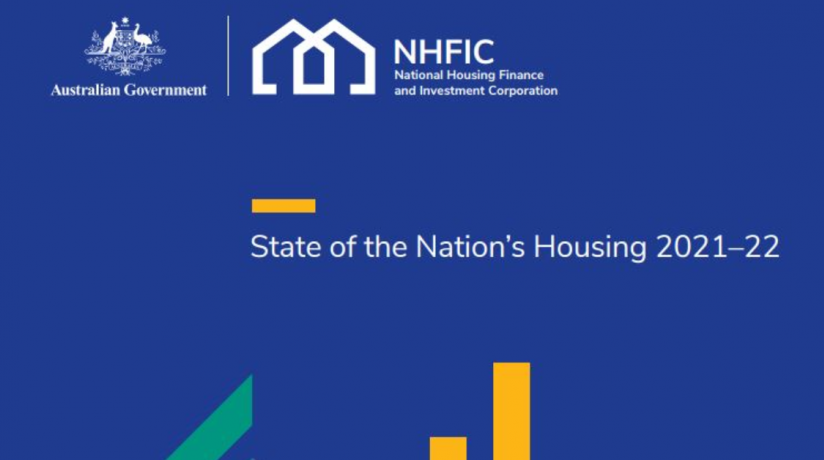The National Housing Finance and Investment Corporation (NHFIC) has just released its annual State of the Nation’s Housing report for 2021-22.
The report looks back on recent developments across Australia’s housing markets and provides an annual snapshot of housing demand and supply across the country. This identifies supply shortfalls that could lead to housing affordability issues. It also generates forecasts on housing supply over the coming years. We would like to provide our members with an overview of the report’s findings.
Impact of COVID-19
The pandemic led to unusually high housing demand in regional housing markets across Australia, with Mornington Peninsula and Greater Geelong seeing some of the greatest levels of net movements. Rents in regional Victoria are now at their highest levels relative to rents in Melbourne at least as far back as 2004. Dwelling prices also rose strongly in regional areas compared to capital cities, with regional Victoria seeing price rises (30 per cent) more than double that seen in metropolitan Melbourne.
This has had a direct impact on affordability across regional areas, particularly for those on lower incomes who are renting or prospective first home buyers.
Affordability
The pandemic has further exacerbated issues of housing affordability across Victoria. Before COVID-19, housing affordability was already a challenge for first home buyers and has now deteriorated further due to strong price rises for houses. This was a result of a change in consumer preference, with households wanting to upsize and move to lower density living arrangements. The deterioration of affordability has been particularly pronounced in regional Victoria.
As borders reopen, demand for rental properties is likely to increase sharply and quickly in some major cities. Affordability for renters could worsen over the medium term if the housing pipeline does not remain strong enough to match anticipated new household formation.
Furthermore, this will eventually shift to higher demand for the purchase of homes as renters begin to exit the rental market.
In the 2020-21 financial year, Victoria saw the value of owner-occupier lending commitments grow upwards of 70 per cent. The NHFIC’s report demonstrates that households across most income quintiles found 10 per cent of dwellings were no longer affordable after the pandemic.
Victorian Housing Policy
The NHFIC predicts that 167,400 new dwellings (net terms) will be built over the next three years in Victoria. This is an average of about 55,800 new homes per year. When migration into Australia resumes there will be an additional 1.7 million households formed across Australia and new housing supply is likely to fall short of demand. This will place upward pressures on home prices and rents, further entrenching unaffordability.
Master Builders Victoria (MBV) commends the Victorian Government’s commitment to addressing housing affordability such as through the $5.3 billion “Big Housing Build’ Package which aims to provide 9,300 new social housing homes and 2,900 new affordable and low-cost homes.
The NHFIC estimates that housing affordability will deteriorate further over the coming years due to supply constraints, particularly those related to land. Delays and land shortages sometimes mean that it can take up to 6 years to get new housing supply into the market in some areas of Australia.
Therefore, reductions in red-tape and further expansions of fast-track planning approvals and ensuring land availability for development will help reduce the time it takes to build and develop new homes. This will also require more publicly available data and an independent regulator to ensure that local councils are not operating in monopolistic behaviour. This will help alleviate pressures on supply and affordability in future years.
MBV will continue to advocate on the issue of housing affordability throughout the State Budget and Election in 2022.
To access the full report click here.
If you have any further questions on housing affordability please contact:






